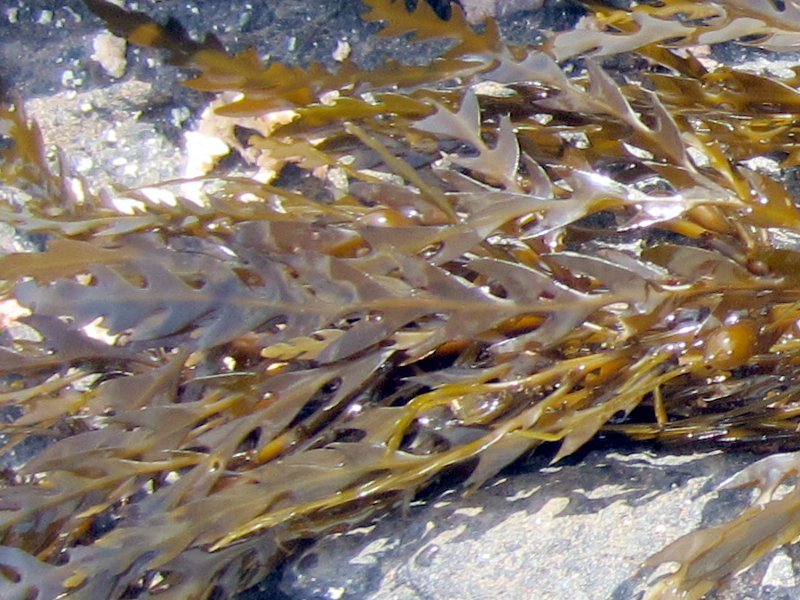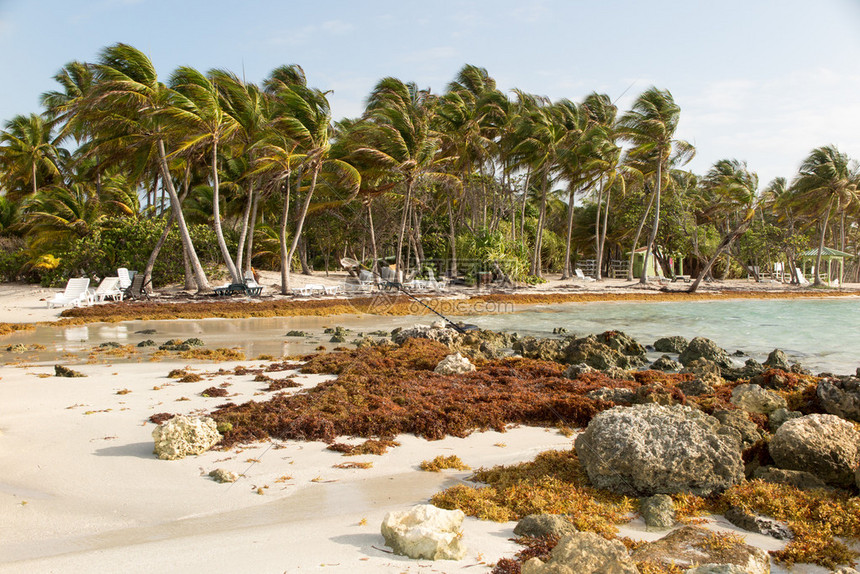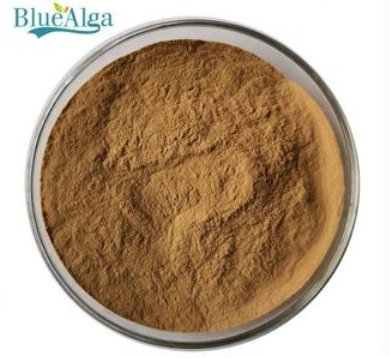Several commonly used seaweed for making seaweed fertilizer (Part 3)
Sargassum
Sargassum grows in rocky marshes in low tide zones or on rocks at depths of 2-3 meters in the subtidal zone. There are 250 species, most of which are warm water species, widely distributed in warm and temperate waters, especially in the Indo Western Pacific and Australia. The sea area where Sargassum grows has high salt content, high transparency, relatively fertile water quality, and sufficient nutrient supply.

Sargassum has strong vitality and reproductive ability, with a fast growth rate, multiple branches and spores, high content of cytokinins, and contains various active substances such as seaweed polysaccharides, seaweed hormones, and antibiotics; Sargassum has a strong ability to absorb nutrients and accumulates abundant minerals (such as potassium, calcium, iron, zinc, and iodine) and multiple vitamins (among which B vitamins have the highest content). It is a high-quality raw material for extracting alginate, mannitol, and producing seaweed fertilizer.

Product recommendation:

Sargassum polysaccharide
Alginate ≥ 15%
Seaweed polysaccharides ≥ 30%
Sargassum polysaccharides are produced through enzymatic hydrolysis, which breaks down the macromolecules of seaweed in Sargassum into small molecules that are easily absorbed and utilized by plants. Sargassum polysaccharides are widely used in agricultural production and are a high-quality algal fertilizer additive!



 Mobile: 86-13012553585 15610518510
Mobile: 86-13012553585 15610518510 Phone (Fax):86-53283197178
Phone (Fax):86-53283197178 E-mail: admin@bluealga.com
E-mail: admin@bluealga.com Add:No.918 Lingang 8 Road Huangdao District,Qingdao China 266400
Add:No.918 Lingang 8 Road Huangdao District,Qingdao China 266400

